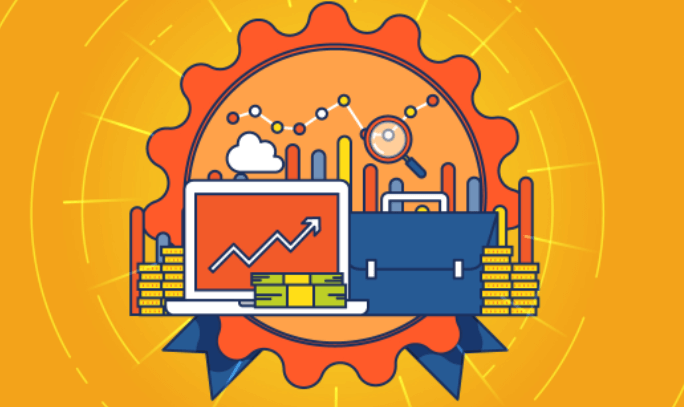Top 5 Data Collection Methods For Business

Data collection is a crucial step when doing market research. When you collect data relevant to the problems you are trying to solve as a business, you will be able to make accurate decisions.
Data collection can be done internally or by a third party hired to collect data on your behalf. It’s better to collect data directly from your users as a business because it will be more accurate, complete, and relevant. It also comes from a trusted source compared to third-party organizations that may manipulate the data.
This article will show you the top data collection methods for business.
1. Surveys
Surveys are digital or physical questionnaires used to gather data from subjects. For example, you can get feedback about the effectiveness of a product from users by running a survey. You’ll learn if your product solves the problem your users have and if you need to improve its effectiveness.
Since surveys can be sent out digitally, you can reach many subjects. They don’t cost anything if you use a free tool like Google Surveys. If you intend to target a specific group of people, you may hire a marketing research firm to help get quality responses.
3. Interviews
Interviews involve face-to-face conversations with subjects about a specific topic. You can gather valuable data about your prospects’ and customers’ buying behaviors through interviews.
For example, during an interview, you can figure out what customers feel about the new product features and what they think should be added to improve their experience. After analyzing such interviews, your product team will know which features to prioritize when refining the product.
The downside of interviews is that they are time-consuming and expensive. You have to spend time on calls with customers and be patient with them to answer your questions. Hire a professional interviewer if you’re not good at it.
2. Proxies
Proxies are external servers that you can use to perform web scraping. Web scraping refers to extracting valuable data from third-party websites. It is a form of data collection that businesses use when researching their customers or competitors.
You need a lot of people and money to do data extraction by hand. However, web scrapers save you the time-consuming process of physically going through every website and manually and logging valuable data into spreadsheets.
Web scraping involves the use of many different proxies that simultaneously check out all websites you’re interested in and then give you a detailed report of the findings.
4. Online Tracking
Online tracking is the process of analyzing online users’ behaviors to deliver a personalized user experience. Websites do this by checking IP addresses, cookies, and browser fingerprinting.
Once you understand the habits of most of your customers, you can optimize your content and services to improve their experience.
For example, if users spend more time on the product page, you can optimize it to provide better information about your product. If most of your site visitors also watch a specific YouTube channel based on your online tracking, you can advertise your products on that channel to increase awareness.
5. Observation
Observation is the oldest form of data collection. You can learn about customer behaviors at a physical store by observing how they interact with your products. You identify which part of the store receives the most traffic and which product gets their attention and refine your strategies after finding out the reasons behind their behavior.
You can also observe how users interact with your website by using various tools such as heatmaps and analytics software. You’ll identify the web pages getting the most traffic and those rarely visited by users. And then you can improve your website copy to increase time on page and conversions.
For example, if your homepage gets lots of traffic but its average time-on-page is 5 seconds, you need to improve your copy. When prospects land on your homepage, they should quickly find what they are looking for.
Conclusion
Data collection is a vital step in market research. By collecting relevant and accurate data, you’ll create marketing strategies that align with the needs of your prospects and impact business revenue.
Some effective data collection methods include interviews, surveys, online tracking, observation, and proxies. Make use of them to make accurate decisions and take your business to the next level!





